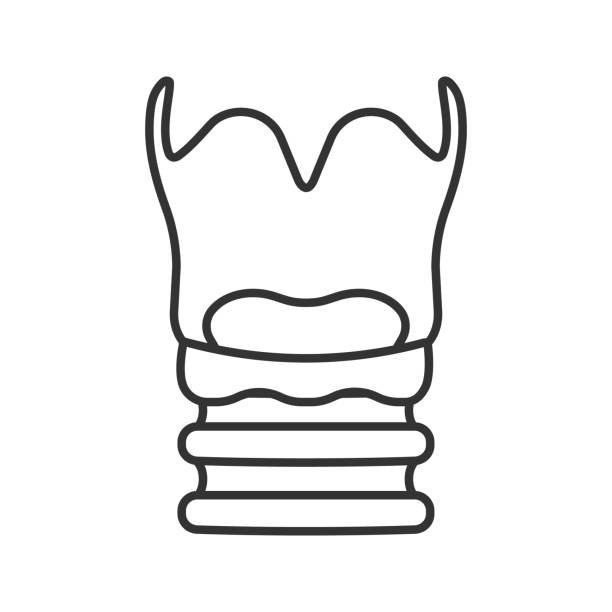
Tracheomalacia
Tracheomalacia is a condition where the walls of the trachea (windpipe) are softer and more flexible than normal, causing the airway to collapse during breathing. This collapse can partially block the airway leading to noisy or labored breathing. Tracheomalacia can result from flexibility of the trachea or compression from nearby blood vessels or masses.
Children with tracheomalacia may show a variety of symptoms depending on severity. Common signs of tracheomalacia include a barking cough, noisy breathing (especially when exhaling), frequent respiratory infections and wheezing. In more severe cases, babies may have episodes of turning blue (cyanosis), apnea (pauses in breathing) or trouble gaining weight due to the extra effort required to breathe.
Diagnosis of tracheomalacia typically involves imaging and direct examination of the airway. Our surgeons at ENT for Kids perform laryngoscopy and bronchoscopy to understand tracheomalacia. This is procedure done under general anesthesia where our physicians use a small camera inserted into the airway to diagnose and describe the tracheomalacia. When compression from surrounding structures is identified, imaging procedure such as CT scans may be indicated.
Treatment of tracheomalacia depends on the severity of the symptoms. Mild cases often improve on their own as the child grows and the cartilage in the airway strengthens. More severe cases may require interventions such as CPAP (continuous positive airway pressure) to keep the airway open. In some cases, surgery may be performed to support or reconstruct the trachea. With the right care, most children improve significantly as they grow.
If you’re concerned about your child’s airway and breathing, please reach out to us to arrange a consultation.